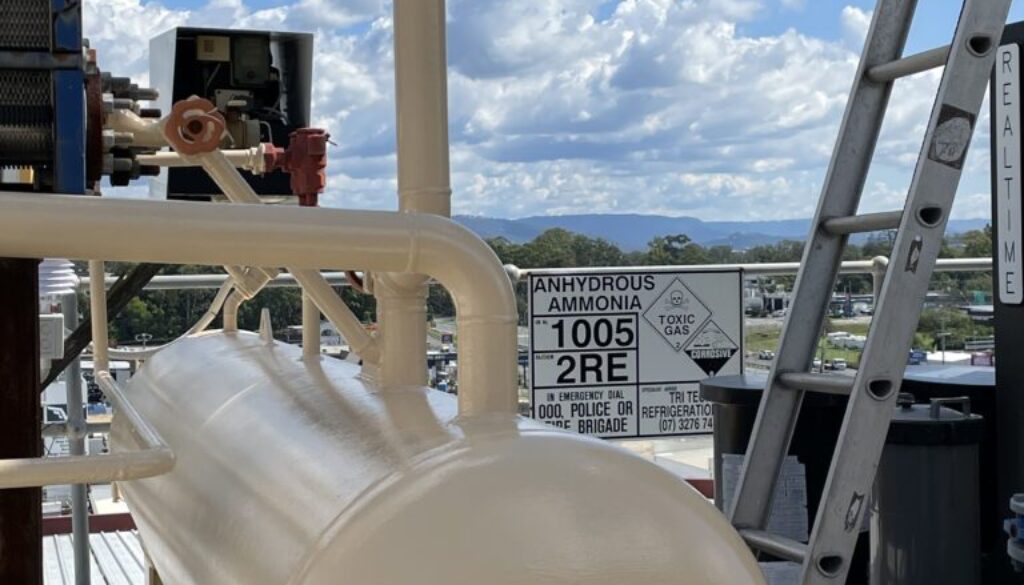Unveiling the Art of Applying Two-Pack Epoxy Paint: A Comprehensive Guide
Epoxy paints are renowned for their durability, chemical resistance, and glossy finish, making them a popular choice for various applications, from industrial floors to DIY projects. However, applying two-pack epoxy paint requires careful preparation and precise execution to achieve optimal results. In this comprehensive guide, we’ll delve into the step-by-step process of applying two-pack epoxy paint like a pro.
Understanding Two-Pack Epoxy Paint:
Before diving into the application process, it’s essential to understand what two-pack epoxy paint is. This type of paint consists of two components: a resin and a hardener. When mixed together, these components undergo a chemical reaction, resulting in a durable and long-lasting coating.
Good Prep is Key!:
Proper preparation is crucial for the success of any epoxy painting project. Start by thoroughly cleaning the surface to be painted, removing any dirt, grease, or contaminants. Repair any cracks or imperfections, and ensure the surface is completely dry before proceeding. Vacuuming or using a blower is a good idea, specially on floors.
Priming for Success:
In many cases, applying a primer is recommended before applying two-pack epoxy paint. The primer helps to promote adhesion and improve the durability of the epoxy coating. Choose a primer that is compatible with epoxy paint and follow the manufacturer’s instructions for application.
Mixing with Precision:
Two-pack epoxy paint must be mixed in the correct proportions to ensure proper curing and adhesion. Carefully measure out the resin and hardener according to the manufacturer’s instructions, and mix them thoroughly using a clean mixing container and stirring stick. Avoid mixing more paint than you can use within the specified pot life, as epoxy paint can harden quickly once mixed.
Application Techniques:
When applying two-pack epoxy paint, there are several techniques you can use depending on the surface and desired finish. For large areas, such as floors or walls, using a roller or squeegee is often the most efficient method. Apply the epoxy paint in thin, even coats, working in small sections to ensure thorough coverage.
For more intricate or detailed areas, such as corners or edges, a brush or small roller may be used to achieve precise results. Take care to avoid drips or runs, and work quickly to maintain a wet edge to prevent lap marks.
Curing and Drying:
After applying the epoxy paint, allow it to cure according to the manufacturer’s instructions. This typically involves letting the paint dry for a specified period, followed by a curing period during which the paint hardens to its full strength. Avoid walking on or placing heavy objects on the painted surface until the epoxy has fully cured to prevent damage.
Finishing Touches:
Once the epoxy paint has cured, inspect the surface for any imperfections or missed areas. Touch up any areas as needed, and consider applying a clear topcoat for added protection and shine. Clean up any tools or equipment used during the painting process with the appropriate solvent or cleaner.

